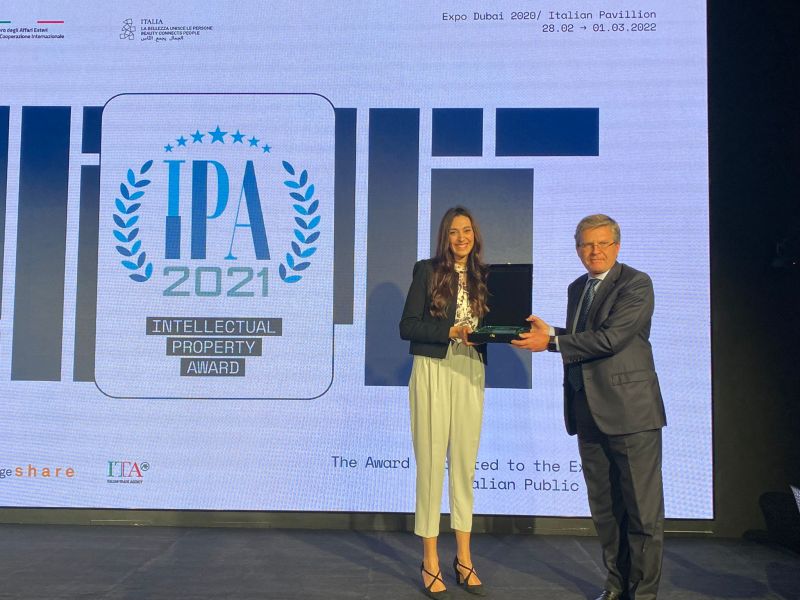The winners of the Intellectual Property Award (IPA), the competition for Italian technological patents resulting from public research organised by the Ministry of Economic Development in collaboration with Netval (Network for Research Valorisation), were announced at the Italian Pavilion of Expo Dubai.
A total of 217 innovative patents developed by Universities, Research Centres and Scientific Hospitalisation and Treatment Institutions were considered for the competition; and 35 of these were selected for the final stage in Dubai.
At the end of the process, the award-winning projects were those able to propose innovations with the greatest economic and social impact, in 7 technological areas of reference for the global ecological and digital transition: agritech and agrifood, cybersecurity, green tech, life science, future mobility, aerospace, and alternative energy.
The winning patents of the Politecnico di Milano were:
Developed by a research group consisting of professors and students of the Department of Aerospace Science and Technology of the Politecnico di Milano, this is the design of a hybrid-electric aircraft with structural batteries. Structural batteries are innovative multifunctional composite materials that can withstand mechanical loads while simultaneously storing electrical energy. Both the fuselage and the outside of the wings of the HYBRIS are made of structural batteries.

Developed by the Department of Chemistry, Materials and Chemical Engineering, the invention consists of a metal-polysulfide flow cell battery that uses inexpensive, abundant and non-toxic materials. These characteristics are crucial for application of the technology for storing stationary-type energy that can support the intermittent production of renewable energy. Another advantage is the possibility of making use of sulphur-rich waste, creating a virtuous circle of circular economy (read more about Sinergy here).

Three other projects of the Politecnico di Milano were among the finalists of the competition:
It is an innovative process for manufacturing composite solid propellant grains for jet propellers.
This device elutes doses of injectable, bioabsorbable drugs at predetermined times. Developed for the ophthalmic industry, it can also be used in other areas.
The invention introduces a fast and scalable method to create a protective film for lithium batteries that can improve their performance.
Credits header: © Massimo Sestini